Effective Head Lice Treatment & Tactics: New Advice by Academy of Pediatrics
The scourge of head lice is likely to continue as every child is likely to be reinfected periodically. The American Academy of Pediatrics has recently updated its recommendations for how doctors (and parents) should treat children and their families infected with head lice.
Parents should read this updated advice to know what to do. Seeing your family doctor is a good idea as the prescription treatments are much more effective, though they can be expensive. The published article includes a review of common chemical treatment methods and a variety of natural and herbal remedies.
A summary is provided as a brief guide and introduction.
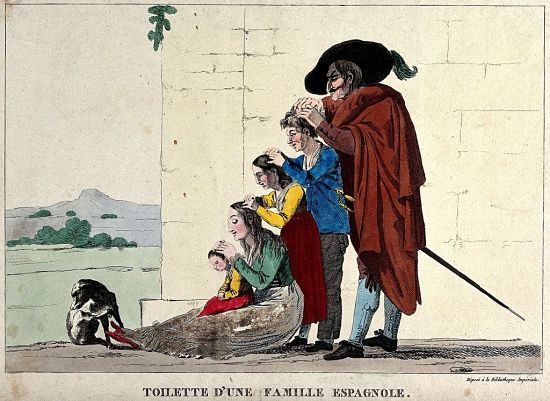
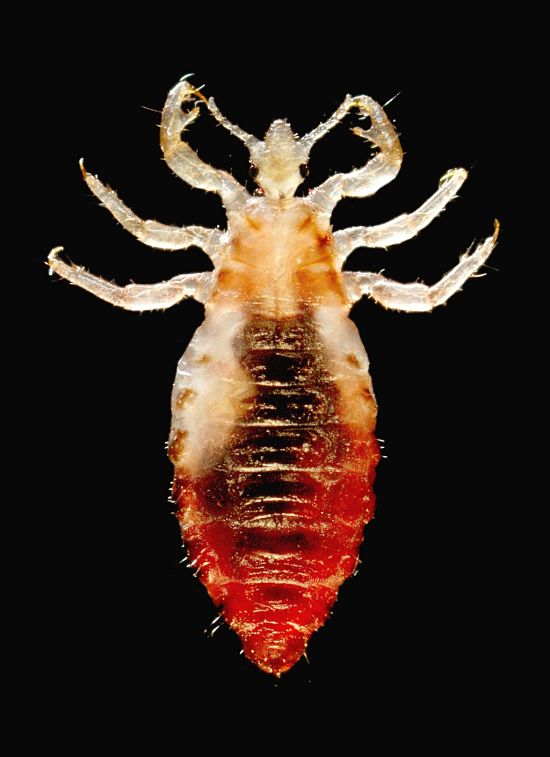
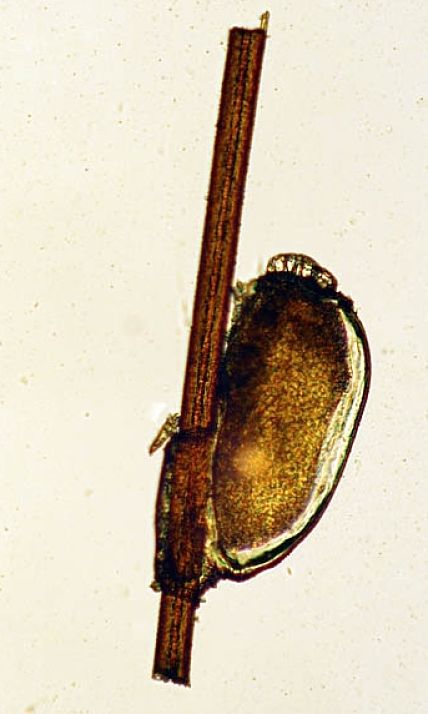
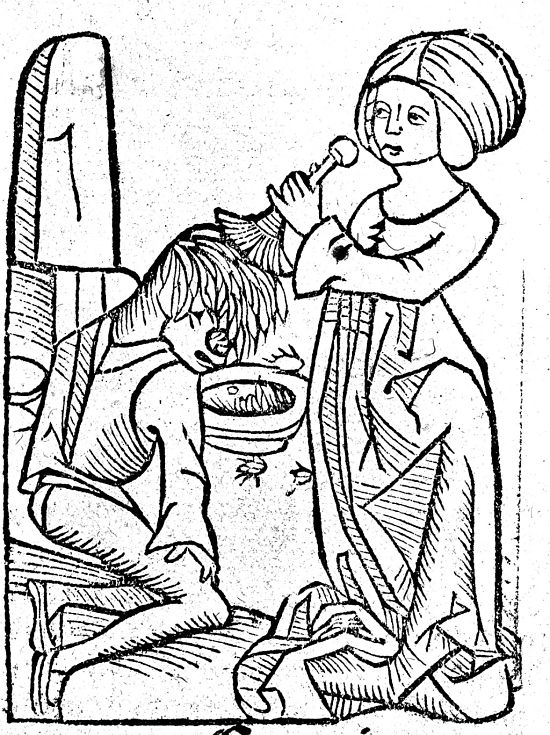
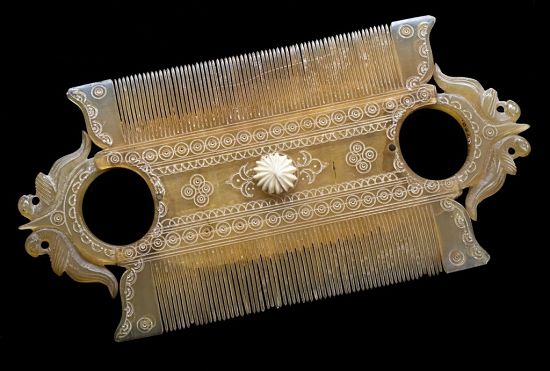
How Head Lice Infections Start and Spread
► There is no real way to prevent lice infections because young children frequently come into head-to-head contact with other children frequently while playing or at school.
► Bathing every day does not prevent infections because the louse can survive submerged below water for at least 20 minutes.
► Louse eggs, which are glued to hair shafts, cannot be removed using regular shampoo and combs.
► Regular check by parents to find, and quickly treat infestations early, before they spread to other members of the family, is recommended by the academy advice.
► Teaching children not to share personal items, such as hats, brushes and combs is a good idea, but most lice found on combs are likely to be dead and the eggs resist the action of normal combs. Live eggs remain glued to hair and many adult lice found on combs, and egg capsules are likely to be dead.
► Lice cannot jump or hop. They can only crawl so head-to head contact is their major means of shifting from person to person. However, it has been shown that combing dry hair infected with lice, can build up enough static electricity to propel live insects for a distance of three feet (one meter).
► Adult lice on clothing bedding or on combs die within a day once separated from a head and their blood supply meals. Similarly eggs removed from the warmth of the body temperature cannot hatch. This suggests that fanatical household cleaning is not generally required if all family members are treated and their bedding, seating, head coverings such as combs and brushed and other personal items are treated. Leaving a house vacant for a day or so is likely to kill all adult lice.
Tips for Treatment and Management of Head Lice Infections
The keys points from the latest review by the American Academy of Pediatrics are:
► Hair length and how often it is washed and brushed has little effect on the risk of an infestation. However, shorter hair is easier to treat and check. Shaving of heads is not required.
► Optimal treatments should be safe, thorough, and continued long enough to kill all lice, larval stages and their eggs. This means two or more treatments. Some of the treatments, only available on prescription, only require one (or two treatments) and they are more effective, especially for eggs which resist other treatments. However, the prescription-only treatments are mostly very expensive. The treatment chosen should rapidly get rid of live lice, viable eggs, and residual nits to risk spreading the infection. It should be easy to use, not rendered ineffective due to local resistance, and should not cause an allergic reactions to the person being treated. Sometimes allergies only develop one to two weeks after the lice have been effectively treated. Similarly some treatments are continued for too long or are started due to misdiagnosis.
► Treatment should only be used for people on whom living lice are found, with treatment not started unless there is a clear evidence of living lice. Overuse of treatments can lead to resistance. Short treatments can also promote resistance as all lice will note be killed. The lice that remain are the resistant ones and this can make future treatments ineffective. People sometimes confuse hair casts, sand, dandruff and even residual droplets from hair spray as louse eggs. This can needlessly expose children to treatment pesticides and other chemicals. It can also waste time and money, and even unnecessary frantic clean ups of households. Live eggs are dark and hard to see; empty egg cases are clear or white, and often confused as signs of a continuing infestation.
► The ideal treatment of lice should be safe, free of toxic chemicals, readily available without a prescription, easy to use, effective, and inexpensive. Local patterns of resistance (if known), ease of use, and cost also are other considerations when choosing a treatment choice.
Some Chemical Treatment Options
|
Treatment
|
Availability
|
Cost
|
|---|---|---|
|
Permethrin 1% lotion (Nix)
|
Over the Counter
|
Low
|
|
Pyrethrins + piperonyl butoxide (Rid)
|
Over the Counter
|
Moderate
|
|
Malathion 0.5% (Ovide)
|
Prescription
|
High
|
|
Benzyl alcohol 5% (Ulesfia)
|
Prescription
|
High
|
|
Spinosad 0.9% suspension (Natroba)
|
Prescription
|
High
|
|
Ivermectin 0.5% lotion (Sklice)
|
Prescription
|
High
|
Some suggested treatments are:
► Home remedies like Cetaphil skin cleanser, Pantene hair conditioner, tea tree oil, and even mayonnaise can be quite effective with diligent use, but longer treatments are necessary. None of these remedies have been evaluated for safety and effectiveness by the Food and Drug Administration.
► A good first choice chemical treatment is 1% permethrin or pyrethrins, which use a natural insecticide and are unlikely to cause allergies or other reactions
► It is always important to follow the instructions with all chemical treatments. Also most treatments do no kill all the eggs and so a second follow-up treatment is generally necessary.
► Manual treatments by using fine combs to remove nits and adults via “wet-combing” using hair conditioner can be effective, but several treatments are required to ensure all lice are removed. Cetaphil cleanser and petroleum jelly have been reported to be effective with thorough and repeated application.
► Benzyl alcohol 5% is a stronger chemical treatment for children older than 6 months. Malathion 0.5% is another one that can be used for children over 2 years. Spinosad and topical ivermectin are new preparations that have yet to be evaluated, but their high cost means that they should only be considered for more difficult cases.
► The cream rinse, Nix applied to damp hair after shampooing (without conditioner) is a good over the counter choice, or similar ones containing 1 percent permethrin or pyrethrins. It should be rinsed off after 10 minutes in warm water over the sink, not in the bath or shower to minimize exposure of the skin to the chemical. The Nix residue that remains on the hair can kill emerging nymphs. A second treatment after about nine days is optimal, but probably worthwhile.